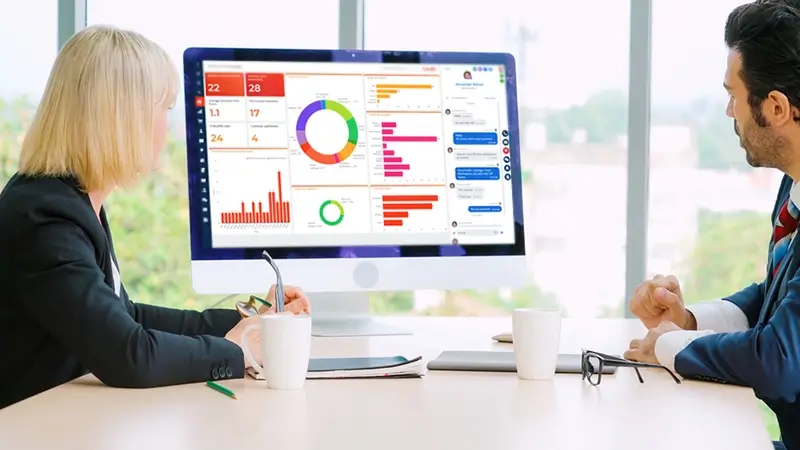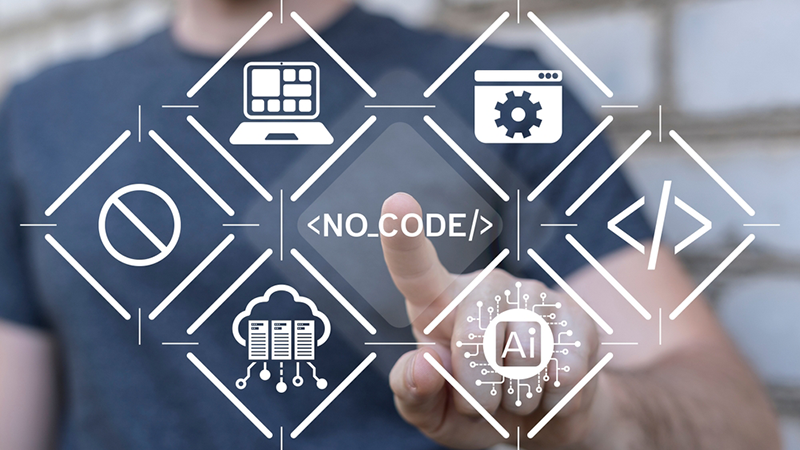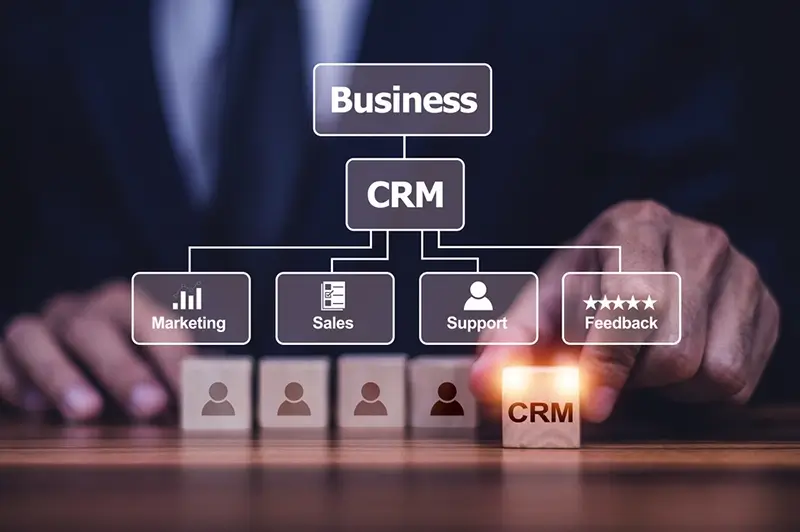What is No-Code and Why Are Companies Adopting It?
Digital transformation has changed the way companies develop technology solutions. In leading markets like the United States, Canada, and Europe, the...
3 min read
 H&CO
Feb 5, 2024 8:59:10 AM
H&CO
Feb 5, 2024 8:59:10 AM

Across Latin America, organizations face a common challenge: optimizing their operations to respond quickly to a changing economic environment. Manual processes, information silos, and limitations in technological integration continue to affect the efficiency and competitiveness of companies in the region. In this context, platforms that combine customer relationship management (CRM) and business process management (BPM) have become key tools for achieving true digital transformation.
Among the most notable solutions, Creatio stands out for its comprehensive approach that unifies CRM, BPM, and no-code/low-code capabilities, offering a smart, flexible, and accessible way to automate processes and improve business productivity.
BPM (Business Process Management) is a methodology that allows you to design, automate, monitor, and optimize a company's internal processes.
BPM seeks to align all operations with the business's strategic objectives, enabling each activity to add value and be executed efficiently. Rather than focusing solely on automation, BPM proposes a systemic view of how an organization operates.
The BPM lifecycle is based on five stages:
The result is a more agile, transparent, and efficient company, capable of responding quickly to regulatory changes, new market demands, or operational challenges.
In Latin America, where many companies still rely on manual validations or rigid structures, BPM represents an opportunity to modernize operations without losing control.
Creatio was born with the mission of simplifying digital transformation, integrating three fundamental components into a single platform:
CRM: Complete management of marketing, sales, and customer service.
BPM: Business process automation and orchestration.
No-code/low-code: Development of solutions without programming.
Its flexible design allows both technical teams and business users to participate in the creation of custom flows, rules, and applications.
Creatio offers a composable architecture, where each module can be integrated, adapted, or replaced without affecting the rest of the system. This flexibility allows for gradual scaling, adapting to the specific needs of each organization.
The main modules include:
All within a single BPM environment, ensuring operational consistency and visibility at every stage of the business.
Although Creatio is recognized for its CRM capabilities, its greatest strength lies in its BPM core, which allows processes to be transformed into controllable and measurable digital assets.
Unlike traditional platforms, Creatio doesn't just document workflows: it executes, monitors, and improves them automatically, driving data- and results-driven management.
Creatio uses BPMN 2.0 notation, an internationally recognized visual language that facilitates communication between technical and business areas. This allows processes to be designed in a clear, understandable, and unambiguous manner.
Each process can include conditions, automated decisions, reminders, assignments, and triggers that execute autonomously. For example, a sales opportunity can automatically generate tasks for the sales team, trigger follow-up notifications, or create a service case.
Creatio facilitates connection with ERPs, databases, web services, and external applications via REST and SOAP APIs. This way, BPM workflows can communicate with any existing system, ensuring data continuity and consistency.
The platform offers dashboards with key performance indicators (KPIs) that allow you to evaluate the efficiency of each process in real time. With this information, organizations can identify critical areas, measure results, and continuously optimize their operations.
One of Creatio's key differentiators is its focus on democratizing automation.
Users can adjust rules or modify processes without relying on IT, which accelerates decision-making and improves responsiveness to internal or market changes.
Implementing Creatio with a BPM approach requires planning and leadership. Based on our experience with business transformation projects, we recommend considering the following aspects:
Initial diagnosis: Identify key processes that directly impact profitability or customer experience.
Executive support: Ensure senior management sponsorship to drive adoption and ensure continuity.
Change management: Communicate internal benefits and train teams on the new work approach.
Technology integration: Plan connections with existing systems from the outset to avoid duplication.
Monitoring and continuous improvement: Establish clear metrics and conduct periodic evaluations to maintain efficiency.
Scalability: Start with pilot projects and gradually expand across the entire organization.
A progressive approach, based on tangible results, builds trust and accelerates digital maturity.
Creatio has incorporated native artificial intelligence as an integral part of its no-code platform, driving the evolution of business processes beyond traditional BPM. This AI combines generative, predictive, and agentic capabilities, allowing organizations to anticipate outcomes, automate decisions, and optimize the interaction between systems and human teams.
Thanks to this integration, companies can design smarter workflows, reduce operational errors, and improve the customer experience with actions guided by real-time data.
At H&CO, we believe that the true value of digital transformation lies in the processes, not just the technology. Adopting a solution like Creatio means taking a step toward a more efficient, collaborative, and future-ready organization.
Companies that manage to align their strategy with modern process management will not only reduce costs but also build a sustainable competitive advantage over time.

Digital transformation has changed the way companies develop technology solutions. In leading markets like the United States, Canada, and Europe, the...

In recent years, technology has ceased to be an exclusive resource for programming experts and large corporations. At the heart of this revolution is...

In today's fast-paced business world, customer relationship management (CRM) has become an essential tool for companies looking to stay ahead of the...